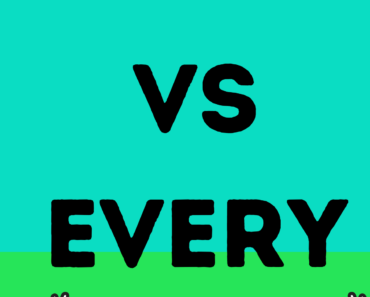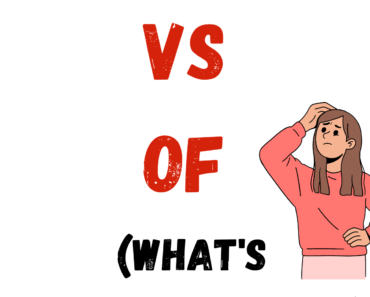The primary difference between “among” and “between” lies in their usage to describe relationships.
- “Between” is traditionally used to describe the relationship between two distinct items or entities.
- In contrast, “among” is used when referring to relationships involving more than two entities where the individual components may not be specifically distinct.
Both words are prepositions that describe how things relate to one another, but their usage depends on the nature of those relationships. Understanding these differences can significantly improve precision in communication.
Between
Definition:
“Between” is a preposition that typically refers to the relationship involving two distinct entities.
Usage:
- Dual Relationships: Used when specifying the relationship between two objects or entities.
- Example: “The negotiation between the company and the union was intense.”
- Comparative Relationships: Used to compare or differentiate entities, even if there are more than two.
- Example: “The difference between apples, oranges, and bananas is in their flavors.”
- Intervals: Refers to the space or time separating two points.
- Example: “The store is open between 9 AM and 5 PM.”
Among
Definition:
“Among” is a preposition used to describe relationships involving more than two entities in a non-distinct manner.
Usage:
- Group Relationships: Used when discussing items as part of a larger group, without specifying individual entities.
- Example: “She was among the crowd at the concert.”
- Distributive Relationships: When something is shared or distributed across a group.
- Example: “The treasure was divided among the pirates.”
- Non-distinct Relationships: Used when the focus is on the collective relationship rather than specific entities.
- Example: “He is well-known among his peers.”







